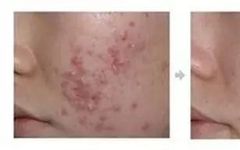Acupuncture is a familiar concept to many. However, have you heard of fire needle therapy? This is also a form of acupuncture, but it has unique characteristics and effects. Next, let’s specifically introduce the functions and precautions of fire needle therapy.
According to Traditional Chinese Medicine (TCM) theory, there exists an interaction of yin and yang within the human body, where yang qi represents a more functional aspect. Bi syndrome (painful obstruction syndrome) is a disease characterized by the loss of function in certain parts of the body, which is closely related to the deficiency of yang qi. Whether it is due to wind, cold, dampness, or heat, these factors can obstruct the circulation of qi and blood throughout the body. The TCM theory of the correspondence between heaven and man categorizes external warming stimuli as yang qi. Fire needle therapy, as a treatment method, can fully utilize the effects of external yang qi to alleviate and treat functional losses.
1. Functions of Fire Needle Therapy
It supplements insufficient yang qi. The acupuncture points on the human body communicate internally and externally, with some located on the meridians, facilitating the transmission of qi. Fire needle therapy utilizes heated needles to penetrate the skin and muscle, quickly drawing external qi inward. Under the influence of the meridians, it rapidly compensates for the deficiency of yang qi, warming and unblocking the meridians and promoting the flow of qi and blood. Moreover, pathological products such as water and phlegm can also dissipate quickly under the stimulation of fire needles.
It promotes the expulsion of internal evils. When the flow of qi is obstructed, pathogenic toxins remain in the body, which can lead to new diseases. Fire needles are effective not only for treating cold pathogens but also for heat conditions. Prolonged heat can burn the body’s fluids and blood, causing stagnation, and the condition can worsen if not expelled from the body. During treatment, local stagnation becomes increasingly active under the warming stimulation, ultimately being expelled through the needle pathway, allowing the heat evil to be discharged from the body.
Research indicates that the thermal effect of fire needles can improve local microcirculation, accelerating the microcirculation in the affected area, which is beneficial for the absorption of inflammatory and metabolic substances. At the same time, it inhibits the synthesis and release of mediators, enhances immunity, and alleviates the hypersensitivity of nerves, thus achieving anti-inflammatory, analgesic, and antipruritic effects.
Fire needle therapy is widely used in dermatological diseases and is suitable for the following conditions:
1. Acne, folliculitis
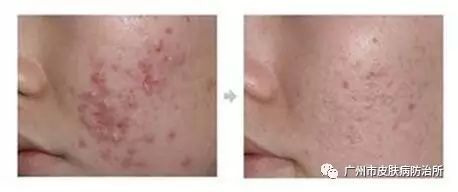
2. Herpes zoster

3. Flat warts, common warts, plantar warts
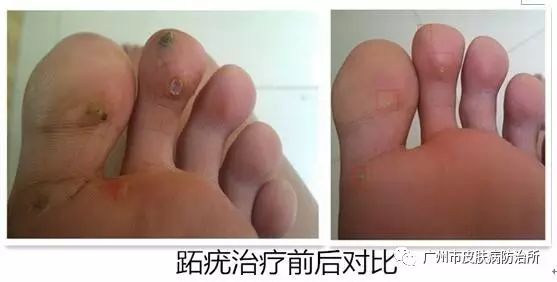
4. Neurodermatitis
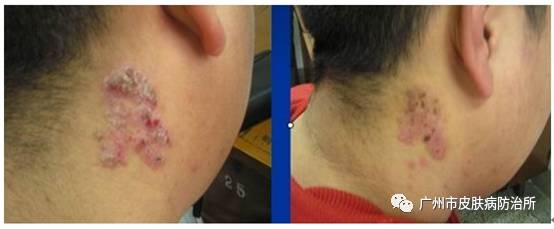
5. Vitiligo
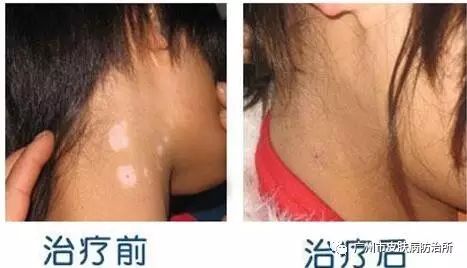
2. Methods of Fire Needle Therapy
Selection of points and disinfection: The selection of points for fire needle therapy follows the same basic principles as that for regular acupuncture, determined by the specific symptoms. After selecting the acupuncture points, appropriate positioning is necessary to prevent the patient from changing posture, which could affect the accuracy of point selection. The number of points selected should be based on the condition; generally, fewer points are preferred, but for solid conditions and younger patients, slightly more points may be selected. After determining the points, thorough disinfection is required. The disinfection method should first use iodine to disinfect, followed by alcohol cotton balls to remove iodine, to prevent infection.
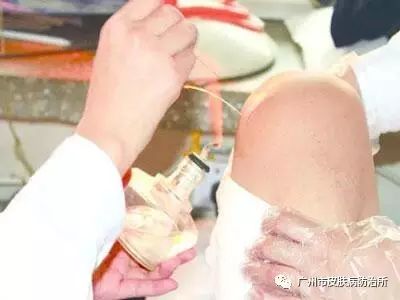
Burning the needle: Burning the needle is a key step in using fire needles. The Great Compendium of Acupuncture states, “Burn on the lamp until it is bright red; this is effective. If it is not red, it cannot treat the disease and may harm the patient.” Therefore, the needle must be heated until red before use.
Needle insertion and depth: When inserting the needle, use the heated needle to quickly penetrate the selected acupuncture point and then quickly withdraw the needle. Regarding the depth of insertion, the Great Compendium of Acupuncture states: “Avoid inserting too deeply, as it may injure the meridians; too shallow will not treat the disease, only a moderate depth is appropriate.” The depth of needle insertion should be determined based on the condition, constitution, age, and the thickness of the muscle and depth of blood vessels at the insertion site. Generally, for the limbs and lower back, the insertion can be slightly deeper, about 2-5 fen (0.6-1.5 cm), while for points on the chest and back, it should be shallower, about 1-2 fen (0.3-0.6 cm), and for the Jiaji points, it can be 3-5 fen (1-1.5 cm) deep.
3. Precautions for Fire Needle Therapy
Care should be taken when applying fire needles to the face. The Great Compendium of Acupuncture states, “Fire needles can be used on all parts of the body, but should be avoided on the face.” This is because fire needle treatment may leave small scars; therefore, except for treating acne, folliculitis, small patches of vitiligo, moles, and flat warts on the face, fire needles are generally not used on facial areas.
Fire needles should also not be applied to areas with major blood vessels and nerve distributions.
After needle insertion, if there is redness or swelling that does not completely subside, bathing should be avoided to prevent infection.
In cases of fever, fire needles should not be used.
If there is itching at the needle site after treatment, do not scratch to prevent infection.
Needle hole treatment: If the needle is inserted 1-3 fen deep, no special treatment is needed. If the needle is inserted 4-5 fen deep, apply disinfected gauze and secure it with adhesive tape for 1-2 days to prevent infection.
Fire needle therapy has many effects, but it should also be tailored to the individual.

